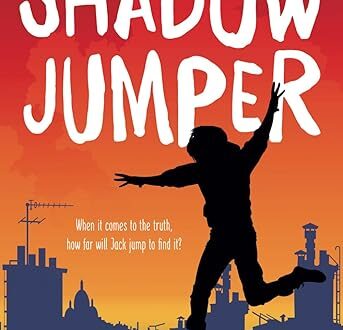The Magic and Fun of Bubbles
Hello, young bubble fans and fun seekers of magical moments! Are you ready to embark on a whimsical adventure that will leave you surrounded by shimmering spheres of wonder? Today, we’ll dive into the enchanting world of bubbles, where ordinary soap and water transform into captivating orbs that dance in the air. Bubbles aren’t just fleeting and delicate; they hold within them a world of scientific wonders, playful possibilities, and endless entertainment. So, roll up your sleeves, grab your bubble wands, and join us as we explore the secrets, tricks, and pure joy that come with playing and experimenting with bubbles. Get ready for a bubble bonanza that will have you giggling, experimenting, and embracing the sheer delight of bubble magic!
Bubbles are beautiful, fun, and fascinating, but do you know what they are and how they work? Take a look at the science behind bubbles.
To begin with, what is a bubble?
A bubble is a thin film of soapy water. Most of the bubbles that you see are filled with air, but you can make a bubble using other gasses, such as carbon dioxide.
The film that makes the bubble has three layers. A thin layer of water is sandwiched between two layers of soap molecules. Each soap molecule is oriented so that its polar (hydrophilic) head faces the water, while its hydrophobic hydrocarbon tail extends away from the water layer.
No matter what shape a bubble has initially, it will try to become a sphere. The sphere is the shape that minimizes the surface area of the structure, which makes it the shape that requires the least energy to achieve.
What happens when bubbles meet?
When bubbles stack, do they remain spheres? The answer is—No. When two bubbles meet, they will merge walls to minimize their surface area.
If bubbles that are the same size meet, then the wall that separates them will be flat. If bubbles that are different sizes meet, then the smaller bubble will bulge into the large bubble. Bubbles meet to form walls at an angle of 120 degrees. If enough bubbles meet, the cells will form hexagons.
Ingredients in Bubble Solutions
Though soap bubbles are traditionally made from (you guessed it) soap, most bubble solutions consist of detergent in water. Glycerin (C3H5(OH)3) is often added as an ingredient. Detergents form bubbles in much the same way as soap, but detergents will form bubbles even in tap water, which contains ions that could prevent soap bubble formation. Glycerin extends the life of a bubble by forming weaker hydrogen bonds with water, slowing down its evaporation.
How to make bubbles that don’t pop.
- 3 cups of water
- 1 cup liquid dishwashing detergent (Joy is a good choice
- 1/2 cup white corn syrup
Simply stir the ingredients together to make the bubble solution. You can use dark corn syrup just as easily as white corn syrup, but the solution will be colored. Also, you can add food coloring or glow paint to color the bubbles. You can also substitute another type of sticky syrup, just expect changes in color and odor.
Here’s another easy unpoppable bubble recipe:
- 3 cups water
- 1 cup dishwashing liquid
- 1/2 cup glycerin
Try making a batch and having fun with your friends chasing the bubbles as they dance on the air currents!
AIME


